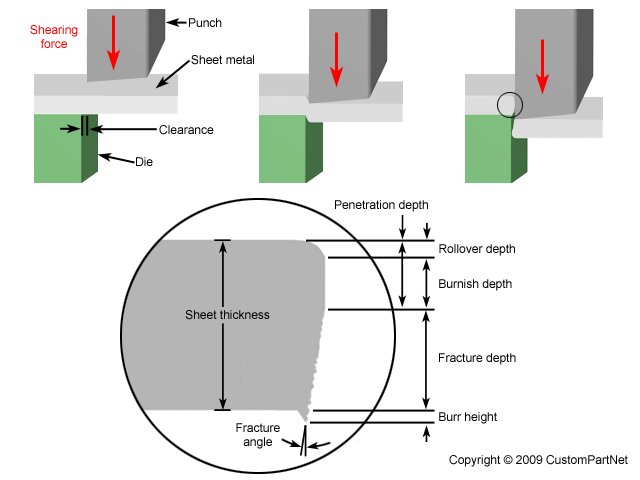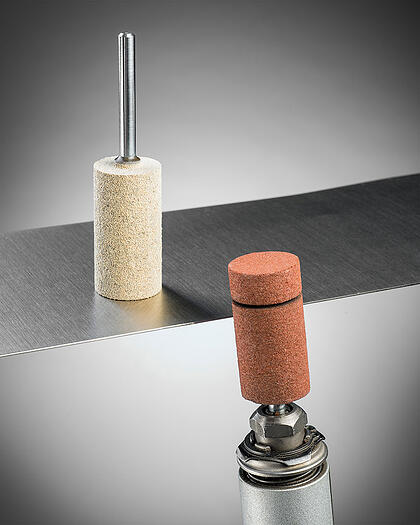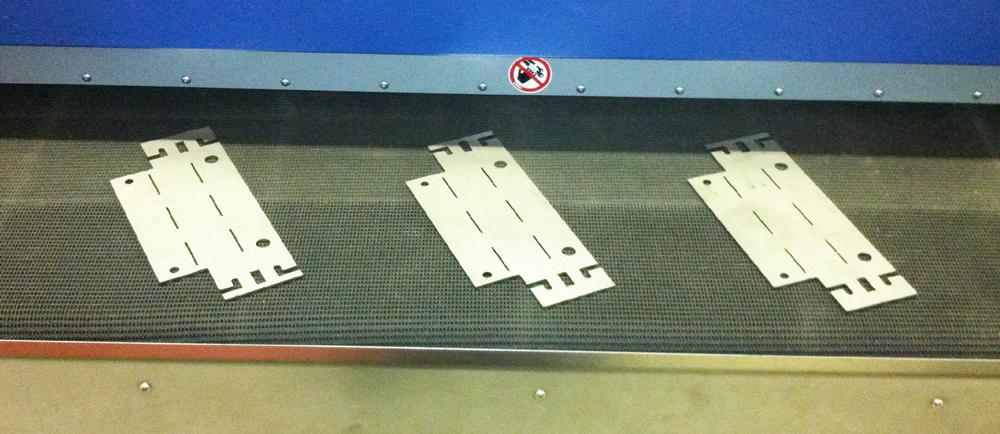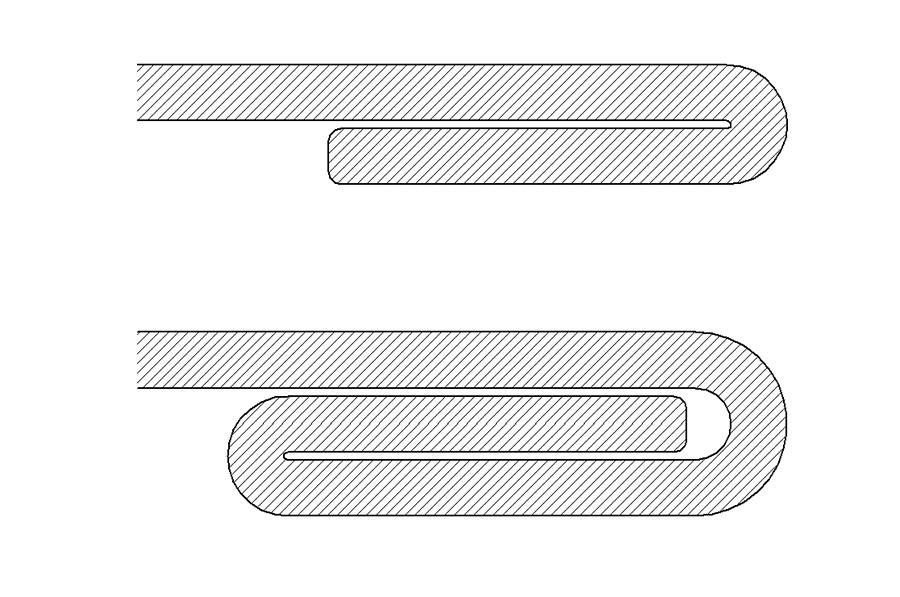Folding Sheet Metal Edge To Eliminate Sharpness

Secure the sheet metal to prevent slipping.
Folding sheet metal edge to eliminate sharpness. Step 1 secure the sheet metal to prevent slipping. Looking to dull edges on sheet metal for safer fabrication. Hems are most often used to remove a sharp untreated edge and make it safe for handling. The edges may appear flat but shearing dies leave burrs.
Figure 3 a sheared sheet metal edge has several attributes that make it sharp. As a result the wipe die also determines the bend s inner radius. Edge bending operations are commonly used in industrial sheet metal processing and involve bending a section of the metal that is small relative to the part. Use a die grinder with the mounted point and simply run the point over the edge of the sheet metal.
Sheet aluminium can be cut without the need for a guillotine or tin snips which tend to deform the metal. With the aid of a straight edge and a sharp knife score both sides of the aluminium sheet. Step 2 use your die grinder with a mounted point we like shape w222 and simply run the point over the edge of the sheet metal. The edges may appear flat but shearing dies leave burrs.
The slack between the wipe die and the punch plays an important role in getting a good result. Sheet metal s edges particularly with regard to the part after manufacture. In sheet metal hems are used to create folds in sheet metal in order to stiffen edges and create an edge safe to touch. These sections are located at the edges.
Step 3 repeat. Wipe bending or edge bending is another way to bend sheet metal edges. Place the fracture line over the edge of a table and bend the overhang slightly downwards. This process will round the edge of the metal and create a groove in the point.
Many products use sheared sheet metal yet only one standard ul 1439 addresses the issue of sheet metal sharpness directly. Edge bending is used to eliminate sharp edges. This technique allows you to dull the edge in one run instead of breaking the edge on the top and.














































